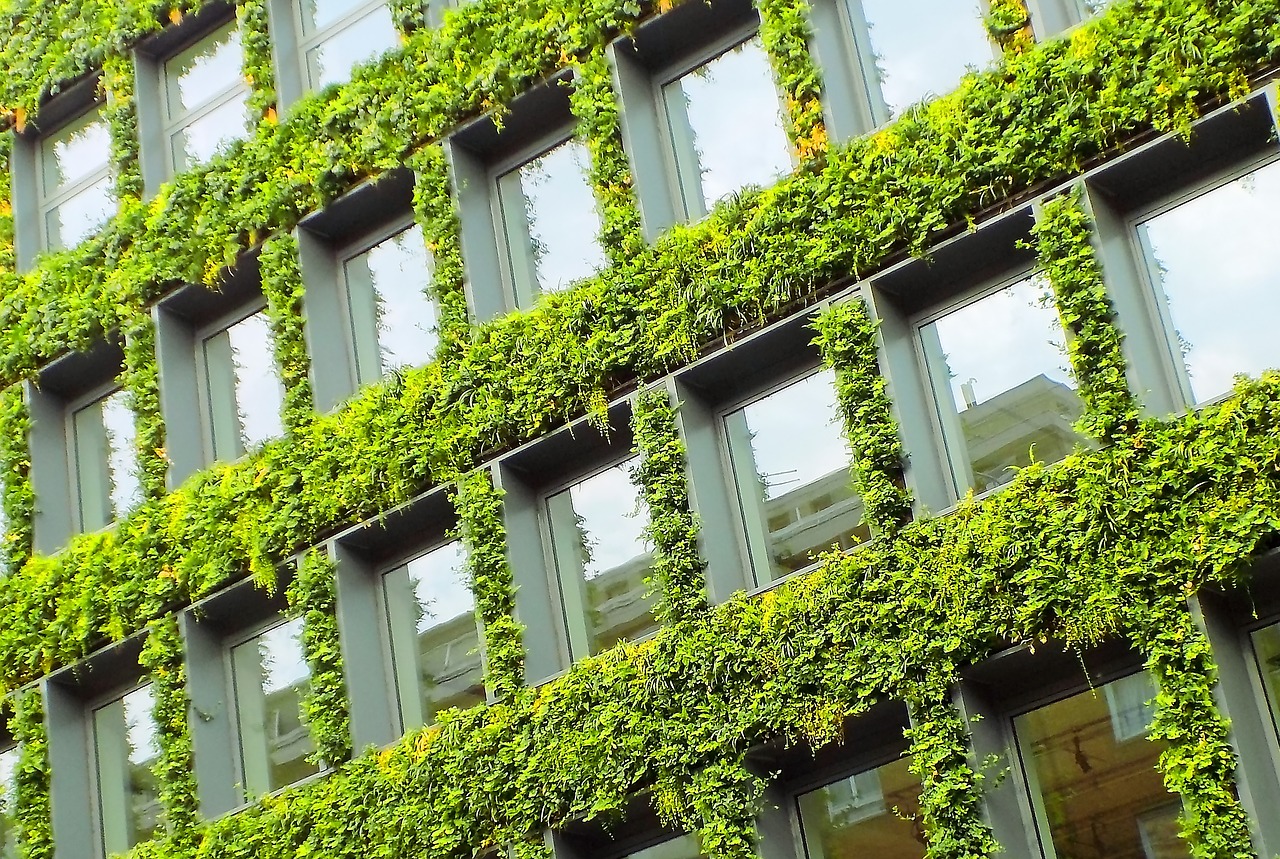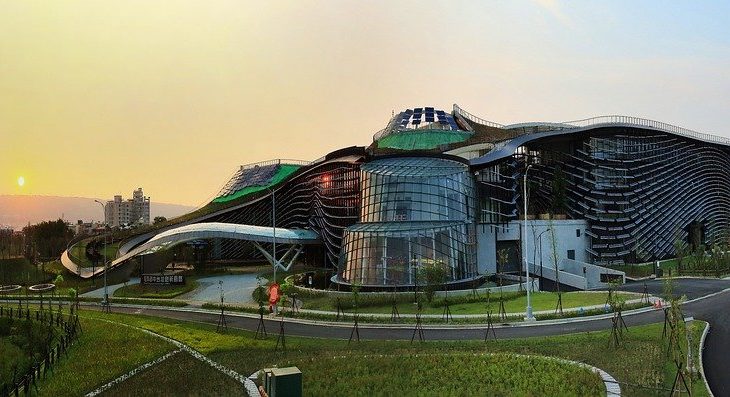More than 40% of global greenhouse gas emissions come from buildings. Consequently, buildings can be regarded as one of the main culprits of global warming. So, what should be done?
Nowadays, everyone is talking about going green. It is true that in order to solve the global warming problem, we will have to integrate environmentally-friendly elements in every field at some point.
So, why don’t we start with green buildings!
What Is Green Building?
Also known as sustainable building or green construction, this concept involves employing processes and building structures that are more resource-efficient and environmentally-friendly. We can trace the origins of green construction back to America and their need for more sustainable and energy-efficient construction practices.
The concept of green building is mainly about reducing or eliminating negative environmental impacts and creating positive ones. It is about the construction practices that will promote a natural and healthy environment. It also includes processes that will not disrupt the earth’s natural resources such as land and water. This holistic practice somehow resembles the classical building design concerns of durability, comfort, and economy. The green building principle considers the three dimensions of sustainable development – economic, social and environmental.
According to the United States Environmental Protection Agency,
“Green building, which is also known as high-performance building, is about creating environmentally responsible and resource-efficient buildings throughout a building’s life-cycle from siting to design, construction, operation, maintenance, renovation and deconstruction.”
What Are the Goals of Green Building?

Standing in or near a building and smelling fresh air while feeling the earth’s elements is the green building concept’s vision!
- Preserve resources such as water, land and energy by minimizing their consumption and maximizing their reuse
- Reduce greenhouse gas emissions and combat against global warming
- Reduce waste
- Protect natural environment and improve productivity
Some Features and Technologies Used for Green Building
-
Life Cycle Assessment
Life cycle assessment is a reliable analysis for assessing environmental impacts that can be caused by commercial buildings. It helps to identify the environmental, social and economic concerns associated with building construction. It considers nearly all aspects: from the extraction of raw materials to the construction process, repairs, maintenance and disposal. For instance, when assessing a new building project, the methodology will consider its use of resources, waste products and whether it had any impacts on air or water quality.
Despite being one of the best methods to evaluate the environmental impacts caused by building constructions, life cycle assessment has not yet been declared an efficient requirement of green building systems.
-
Sustainable Building Design
Also called eco-design, an environmentally sustainable design implies designing buildings to comply with sustainability principles. One of the most essential aspect of a construction project is the design phase.
Based on the green building concept, buildings are now designed as environmentally optimal structures where emphasis is made on efficient heating and cooling systems, use of renewable energy sources like solar panels and solar water heaters, recycling or reusing building materials and so on.
Many buildings have been able to integrate these natural and ‘go green’ principles successfully. For example, One Central Park is an award-winning building located in Australia. The building’s landscape design was planned in collaboration with Patrick Blanc, a French botanist. Some significant elements of One Central Park include its vertical hanging gardens, internal water recycling plant and a central-tri generation plant producing low carbon electricity to the building. Another renowned green building is the UTS Faculty of Science in Australia, a contemporary-designed building with a striking environment.
Although sustainable building design is a good initiative towards a healthier environment, all buildings are not the same and therefore, they cannot all be streamlined.
-
Waste Reduction
Did you know that in California, 60 % of its waste comes from commercial buildings?
A key feature of green architecture is that, during the construction stage, one should reduce the waste of energy, water and materials. Several options exist to apply green construction principles and reduce waste, such as providing compost bins and using biodegradable materials.
A great example is the Neutral Alliance, which is a collaboration of the government, some NGOs and the forestry industry to create a website called dontwastewood.com. This website, which aims at reducing the number of wood products that are going to landfill, contains a vast amount of information on wood recycling.
-
Materials Efficiency
A variety of building materials that are considered ‘green’ are readily available on the market. Materials such as bamboo, dimension stone, recycled metal and stone can be widely used in the construction of buildings as these products are non-toxic and reusable. Moreover, the US Environmental Protection Agency recommended the use of coal combustion products and foundry sand.
So, what is your perspective about green building? Please share your comments!



















